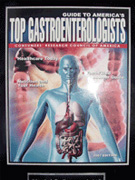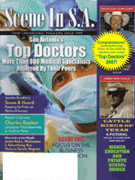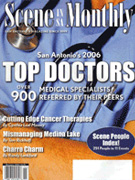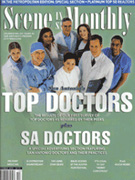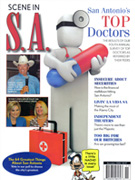Call us today: 1 (210) 615-8308

Esophageal Manometry
Esophageal manometry is a procedure that enables your physician to measure the function of the esophagus (swallowing tube). It is done by passing a thin flexible catheter into the esophagus.
WHY IS ESOPHAGEAL MANOMETRY DONE?
Esophageal manometry is usually performed to evaluate symptoms of chest pain, difficulty swallowing, persistently difficult to treat gastroesophageal reflux disease or surgery for gastroesophageal reflux disease is being completed.
WHAT PREPARATION IS REQUIRED?
It is necessary to have a completely empty stomach for the safest and best possible examination. You should have nothing to eat or drink, including water, for approximately 2-6 hours before procedure.
WHAT CAN BE EXPECTED DURING ESOPHAGEAL MANOMETRY?
The esophageal manometry begins with you sitting up comfortably. A lubricated thin flexible catheter is passed through the nose into the esophagus. The catheter does not interfere with breathing. You will be asked to swallow “dry” (without water) and “wet” (with sips of water) several times while the doctor measures the progression and pressure of the contractions that propel the liquid into the stomach. The esophageal manometry usually last between 30 and 45 minutes.
WHAT HAPPENS AFTER ESOPHAGEAL MANOMETRY?
After the procedure, you will be monitored in the endoscopy area for a short time and then you may drive home yourself. Your throat may be a little sore for a while. In most circumstances, your doctor can inform you of your results on the day of the procedure.
WHAT ARE POSSIBLE COMPLICATIONS OF ESOPHAGEAL MANOMETRY?
Esophageal manometry and 24 hour pH probe are generally safe. Complications can occur but are rare when the esophageal manometry is performed by physicians with special training and experience in this procedure. PERFORATION (a tear that might require surgery for repair) are very uncommon (less than 0.1%). It is important for you to recognize early signs of any possible complication. If you begin to fun a fever after the procedure, begin to have trouble swallowing, or have increasing throat, chest or abdominal pain, let your doctor know right away.




